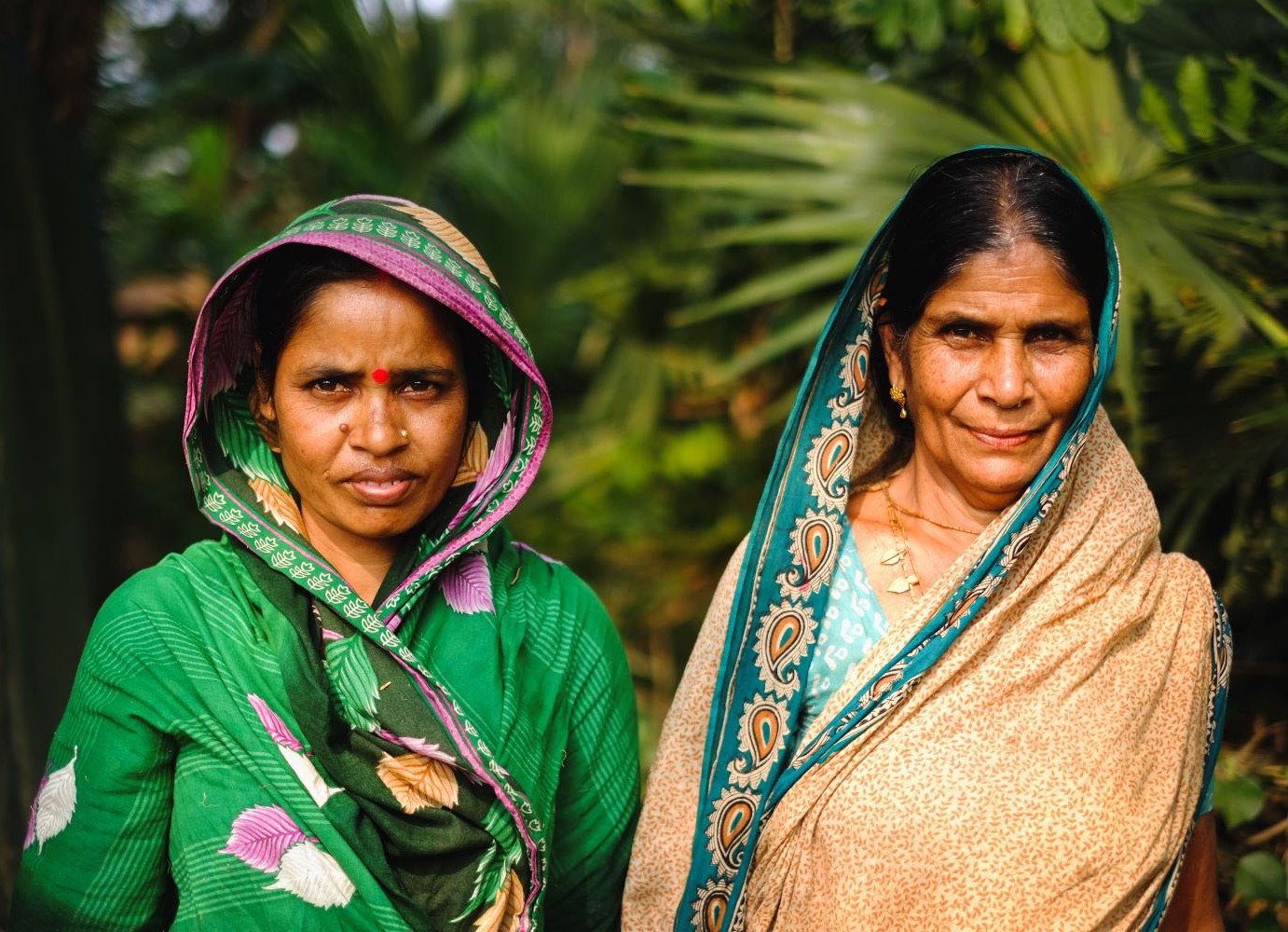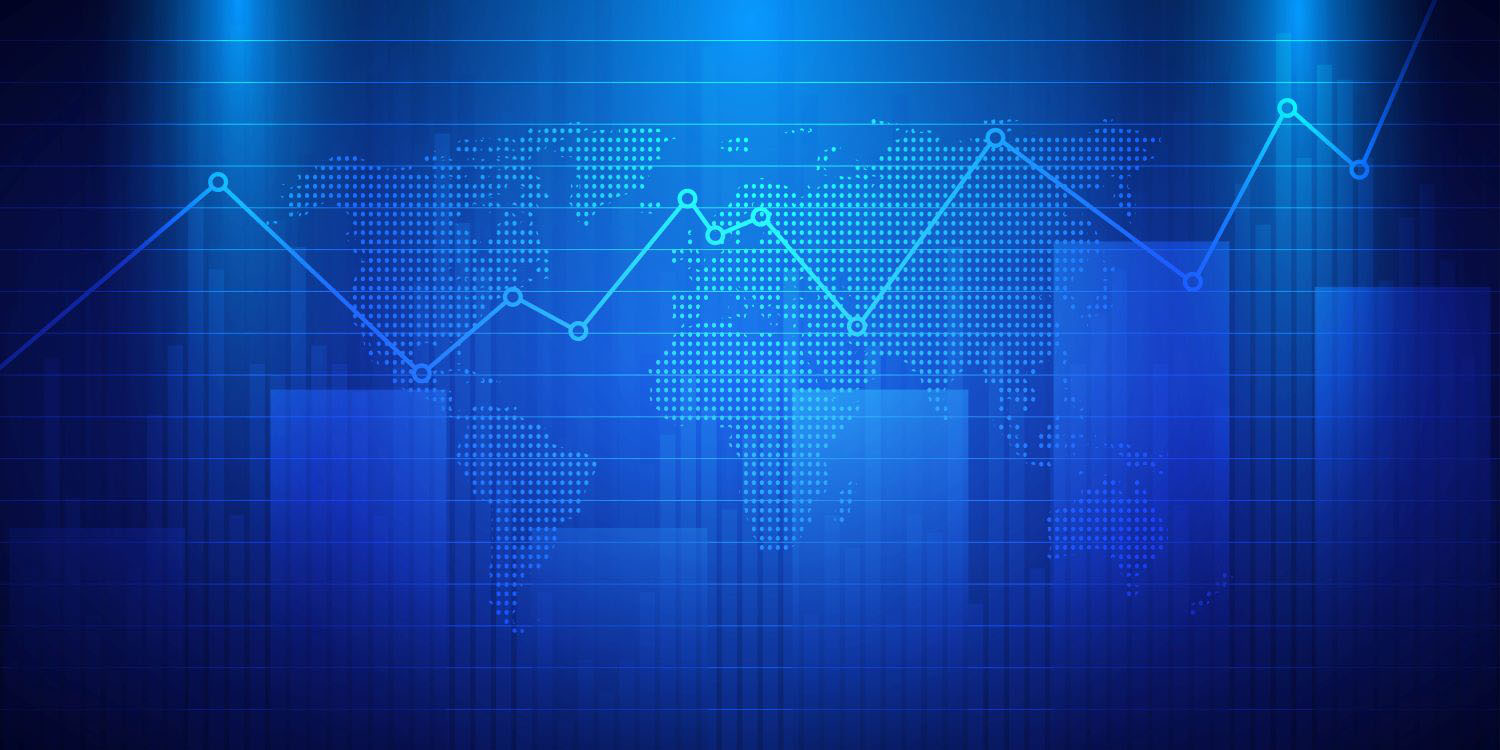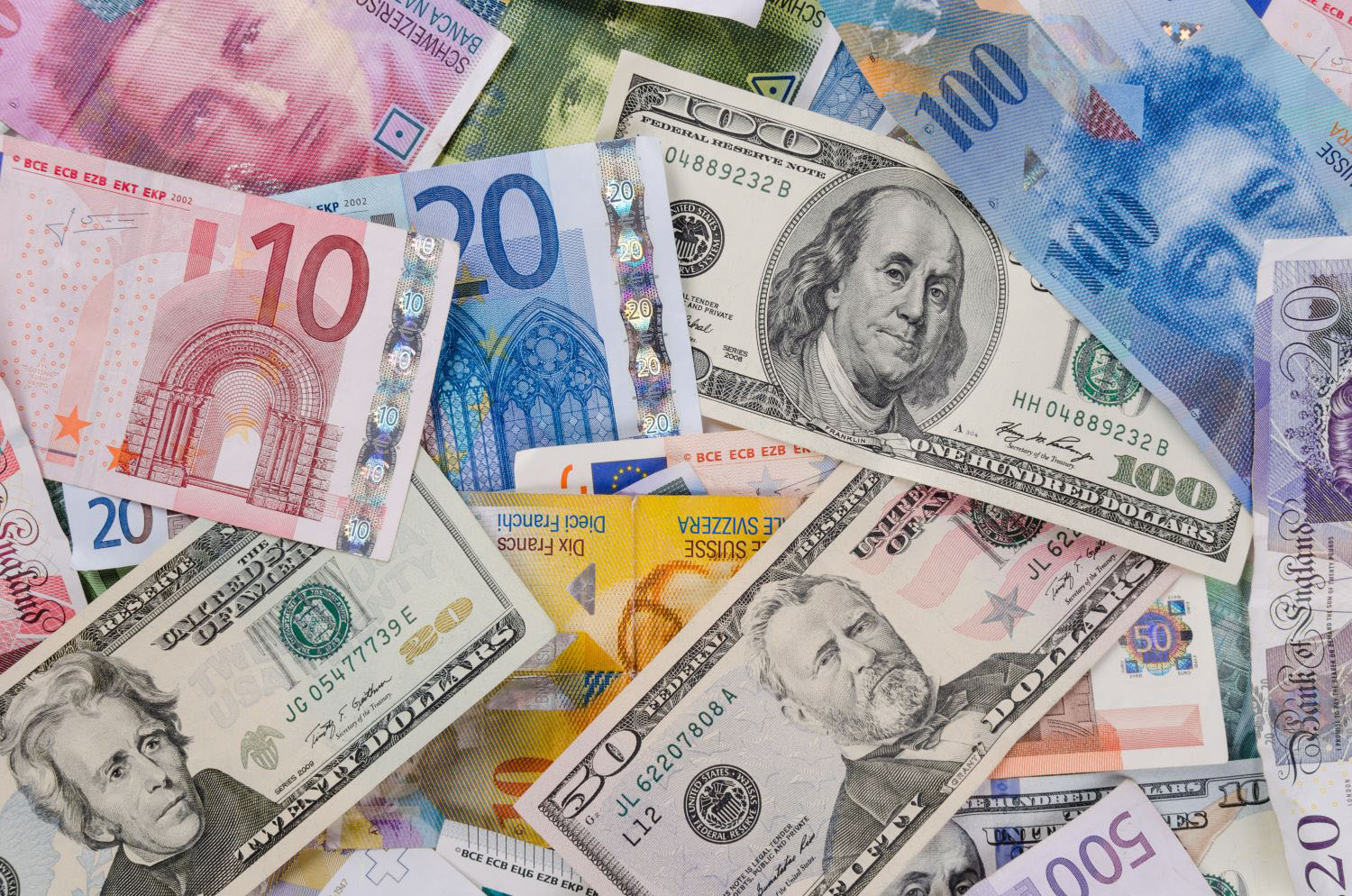SDGs by the Numbers
17
goals
169
targets
1063
indicator proposals
204
"Suggested Indicators"
101
"Tier I" indicators
38
days until UNGA SDG Summit
???
hours (and counting) of negotiations to finalize the goals, targets, and indicators for the post-2015 agenda
With the outcome document for the post-2015 Sustainable Development Goals (SDGs) now submitted, the development community turns to the final piece of the SDG agenda: the indicators. While the goals and targets have endured unending negotiations, from the Open Working Group to all UN member states, the underlying indicators have largely remained a big question. It’s now time to turn to that question.
The UN Statistical Commission has offered its technical contribution and is actively seeking input on which indicators should comprise the SDG agenda. But lest you think the indicators will be the simple part, think again. The UN’s list of indicator proposals features roughly 1,063 indicators. (Yes, you read that right. There are currently more indicator options than the GDP per capita of Tajikistan.)
Of these 1,063 indicator proposals, 204 are "Suggested Indicators," which means the UN Statistical Team and member states have positively assessed them on the basis of feasibility, suitability, and relevance. Of the 204 "Suggested Indicators," 101 indicators are considered "Tier I" inputs, meaning these indicators have an established methodology and data are already widely available. These are the ones on which to focus first.
It would be easy (and understandable) to keep the spotlight on the goals and targets leading up to the UN General Assembly and the adoption of the post-2015 agenda. But it would be a missed opportunity. The set of indicators that will underpin the 17 goals and 169 targets is arguably the most important part of the agenda. National, regional, and global targets will all be measured based on the selected indicators.
There’s a reason the saying “What counts gets counted and what’s counted counts” is so often trotted out. Measurement matters, and with an agenda this big the indicators become that much more crucial. With some targets open to multiple interpretations, the indicators have the potential to direct and define much of the sustainable development agenda.
In deciding which indicators to ultimately use, the UN and its member states are considering three criteria: feasibility, suitability and relevance. On top of this, all targets must be given indicators (though there can be overlap). Here’s where the proposed set of indicators becomes a bit worrying: only 85 of the 169 targets have "Tier I" indicators attached to them, meaning much of the agenda could be poorly measured, if at all.
This is where the global community must step up once again. Though the indicators won’t be officially agreed upon until March 2016, the negotiations are happening now. The UN’s Interagency and Expert Group on SDGs is seeking input through September 7. At the same time, multiple member states are finalizing their own comments on the proposed set of indicators. Now is the time to weigh in on how best to define and measure the SDGs. The indicators are the final piece of the SDG trifecta: they deserve just as much thought and discussion as went into formulating the goals and targets.
CGD blog posts reflect the views of the authors, drawing on prior research and experience in their areas of expertise.
CGD is a nonpartisan, independent organization and does not take institutional positions.





